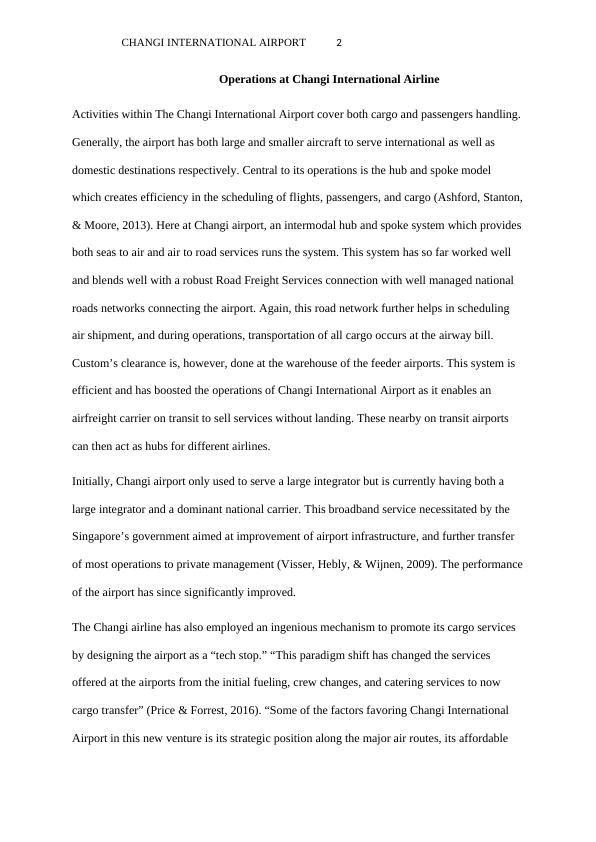Changi International Airport: Operations, Cargo Handling, and Enhancements
This report analyzes the operation, transformation, and value chain of Changi Airport, focusing on its core business and strategies implementation, as well as its shift towards a holistic approach and sustainability. The report aims to provide an understanding of these concepts in the context of operations management.
Added on 2023-06-12
About This Document
Changi International Airport: Operations, Cargo Handling, and Enhancements
This report analyzes the operation, transformation, and value chain of Changi Airport, focusing on its core business and strategies implementation, as well as its shift towards a holistic approach and sustainability. The report aims to provide an understanding of these concepts in the context of operations management.
Added on 2023-06-12
End of preview
Want to access all the pages? Upload your documents or become a member.



